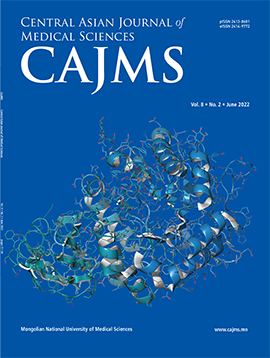Comparative Study of Endoscopic and Conventional Septoturbinoplasty in Patients with Nasal Airway Obstruction
DOI:
https://doi.org/10.24079/cajms.2022.09.003Keywords:
Nasal septum, Nasal obstruction, Nasal septal deviation, Endoscopy, TurbinateAbstract
Objectives: The goal of our study was to perform endoscopic septoplasty with or without turbinate reduction and also to determine its postoperative subjective and objective improvements. Methods: This was a hospital-based pre and post clinical trial study of 63 patients with nasal septal deviation treated with endoscopic and conventional septoplasty with or without turbinoplasty from 2013 to 2016. Nasal airway patency was recorded before and 2.7 months after surgical treatment using a visual analogue scale (VAS), Glatzel mirror test and bilateral peak nasal inspiratory flow (PNIF) measure. Results: Endoscopic (27 patients) and conventional septoturbinoplasty (36 patients) was performed on 63 patients (40 males; 23 females) with a mean age of 35 years. The results showed a significant improvement of nasal passage condition in scales of VAS, Glatzel mirror test, and bilateral PNIF values after surgery in both groups. In both surgical techniques septoplasty with turbinate reduction showed better improvement in VAS and bilateral PNIF scores than septoplasty alone. Conclusion: The application of endoscopic technology has an advantage of precise visualization and is a valuable tool especially when it is used for educational reasons. Subjective and objective improvements were confirmed equally in both endoscopic and conventional groups.
Downloads
299
Downloads
Published
How to Cite
Issue
Section
License
Copyright (c) 2022 Mongolian National University of Medical Sciences

This work is licensed under a Creative Commons Attribution-NonCommercial 4.0 International License.




